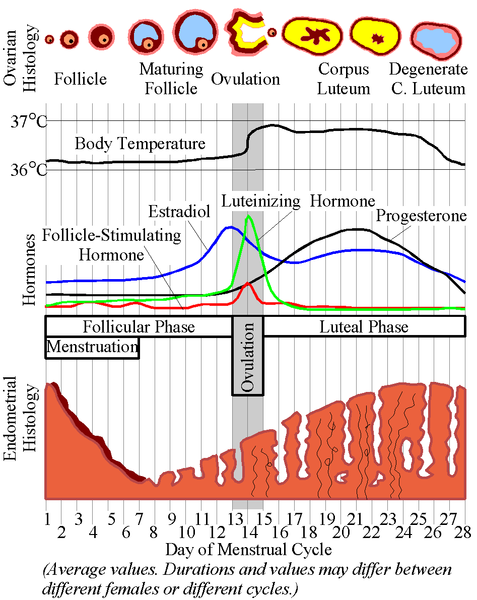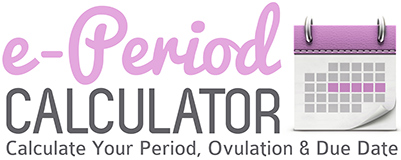Women normally start menstruating between 11 and 14 years old. The menstruation usually occurs in phases or stages which are influenced by hormones and different glands. In general, a woman’s body goes through four primary menstrual cycle phases. Read on to know about the different phases of menstruation.
1. Menstrual Phase:
Every month, the thick wall in the womb or the endometrium will secrete fluid or liquid throughout the vaginal canal. When this liquid is secreted, it will contain cells from the wall of the uterus, blood and mucus. It is the menstruation fluid. Normally, the menstruation will last for a 3-to-7 day period monthly.
2. Follicular Phase:
Follicular phase begins on day one of the monthly period and finishes with ovulation. It occurs when the hypothalamus prompts the pituitary gland to discharge FSH or follicle stimulating hormone. The FSH will rouse the ovary to produce almost five to twenty follicles with each containing an egg that is not mature egg. During this stage, the follicles will grow to stimulate the uterus lining to thicken it in preparation for pregnancy.

3. Ovulation Phase:
When women are trying to conceive this will be one of the most important menstrual cycle phases to focus on. During this phase, a well-developed egg or ovum comes from the ovary. This normally occurs from the middle of the cycle to around 2 or more weeks prior to start of the monthly period. In the follicular phase, follicle growth will result in increased levels of estrogen and the hypothalamus in the brain understands this surge and then secretes GNrH or gonadotrophin-releasing hormone. The pituitary gland will be stimulated by this substance to supply increased levels of follicle stimulating and luteinizing hormone. Ovulation will start in a couple of days because of the increase amounts of luteinizing hormone.
4. Luteal Phase:
During the ovulation period, the follicle releases an egg cell and the perforated follicle is going to stay on ovary surface. The follicle will transform into a framework called corpus luteum after fourteen days or maybe more. Once this happens, the framework will discharge small amounts of estrogen and progesterone. When these bodily hormones combine, the thick uterus wall is sustained in preparation for a fertilized egg to be implanted.
Bodily hormones like human chorionic gonadorophin will be released when a fertilized egg is implanted inside the uterus wall. After that, progesterone will be produced continually in elevated amounts in order to sustain the thickened uterus wall.
If pregnancy doesn’t occur normally around the 22nd and the 28 day, there will be no more corpus luteum. When the levels of progesterone decrease, this can prompt the uterus wall to break away. This is referred to as menstruation. After that, the body will repeat the menstrual cycle phases.




Pls hw can I calculate my menstral cycle my period started this month 10th and lasted for 3days being on 13th
Hello, In order for me to help you i will need your period date for September.